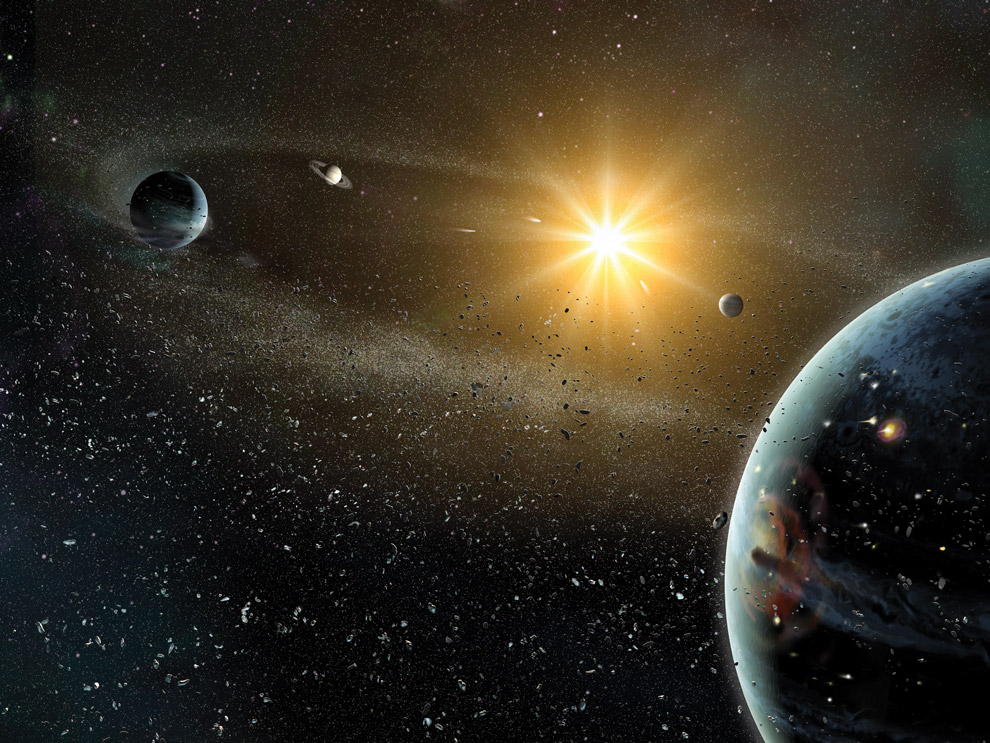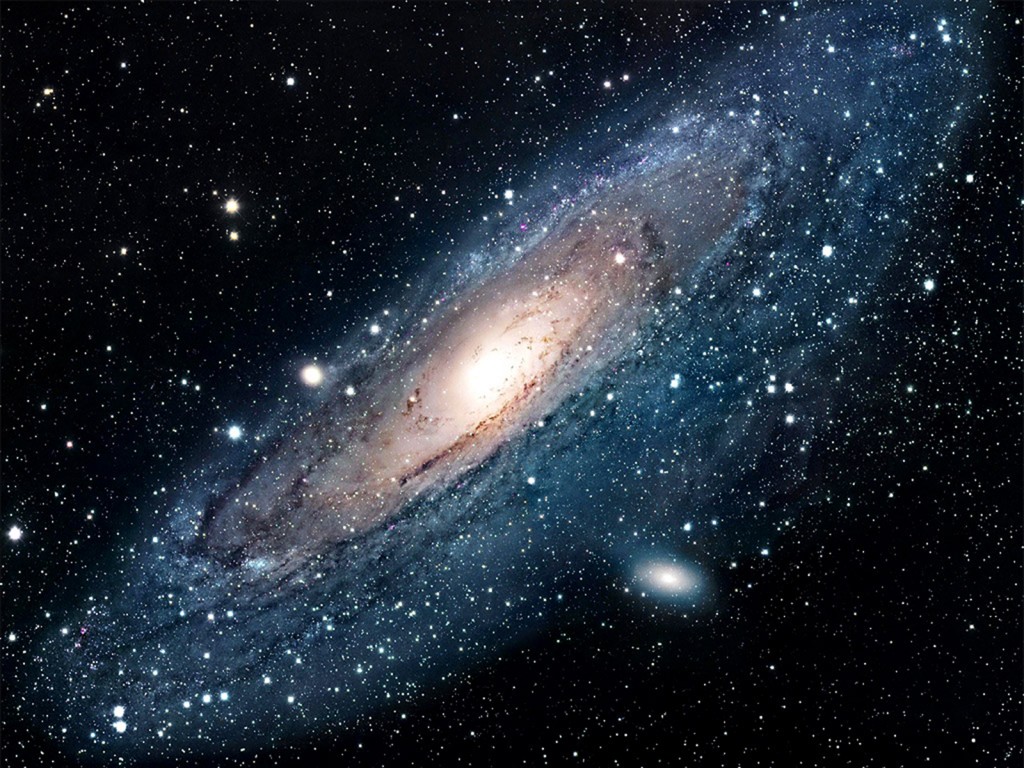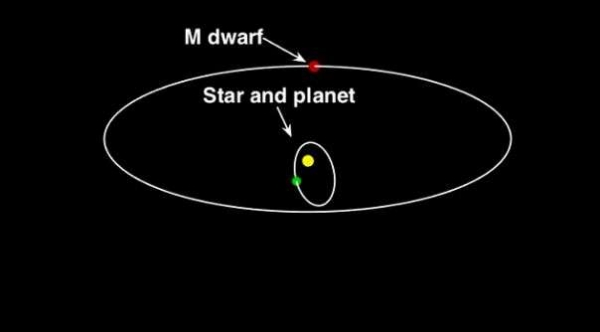Imagine a huge planet, about eight times the mass of the largest planet in our solar system – Jupiter, orbiting around a sun like star and being influenced by another dwarf star, making its orbit highly elliptical. This is precisely what has been discovered in space far away from us. Timothy Rodigas and his team used the Magellan Adaptive Optics instrument suite to directly image the entire planetary system. The planet was known earlier but the factors causing its orbit to become so highly elliptical remained unknown. The study was published in The Astrophysical Journal.
The planet, first discovered in 2011 orbits around a star called HD 7449 and has one of the most eccentric orbits ever found. An eccentric orbit is one that deviates from being perfectly circular. The further from a circle it is, the more eccentric it is. A large eccentricity also indicates that a planet is being affected by other objects nearby. For the planet around HD 7449, the large eccentricity was a clue that something else, something bigger than the known planet-also resided in the system. The discovery of the dwarf star provided a solution to the doubts of the researchers.
Magellan adaptive optics (MagAO) instrument suite which was used by the researchers to directly image the mysterious object was commissioned in 2013. it enables astronomers to take extremely high-resolution images, giving them a sharper look at the night sky than ever before.
The researchers believe that the dwarf star and the planet have been gravitationally influencing each other for millions of years. Rodigas, the lead author of the research said it’s difficult to visualize what happens to the planet over time, but you could say that it’s ‘dancing’ between the two stars.





